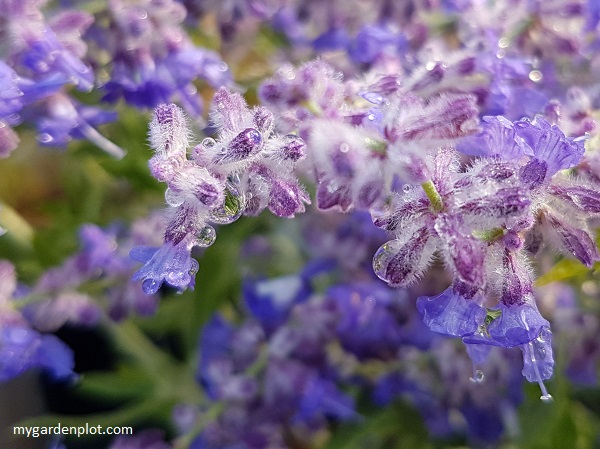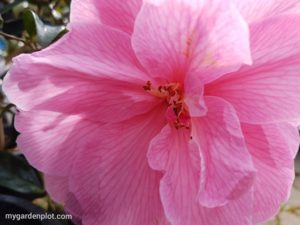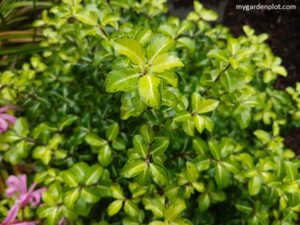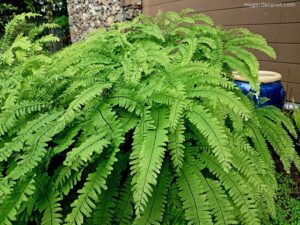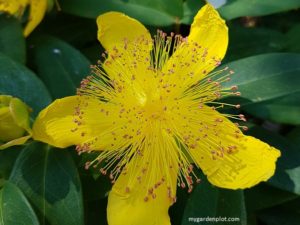About Perovskia atriplicifolia (Russian Sage)
The Russian sage (Perovskia atriplicifolia) has olive or silver green foliage and small violet or blue flowers that add interest in sunny summer and fall gardens. It has a long blooming season from mid-summer through to autumn (fall). And its wispy vertical ‘bleached’ woody stems add interest during the winter months. This easy to grow and hardy perennial is native to the Caucasus region (located between the Black Sea and the Caspian Sea). More tips below on where to plant and how to grow Russian sage.
As with the sea holly (Eryngium), the Russian sage is salt-tolerant and drought-resistant once established. It blends in beautifully in south-facing gardens, attracting butterflies, bees and hummingbirds. The leaf is fragrant and smells similar to the culinary sage plant. It looks lovely grouped with evergreens, or for a summery cottage garden design plant with daisy-like flowers. And is suitable for container gardening. When it comes to low maintenance and year-round interest, the Russian sage is a good choice for a mixed perennial border.
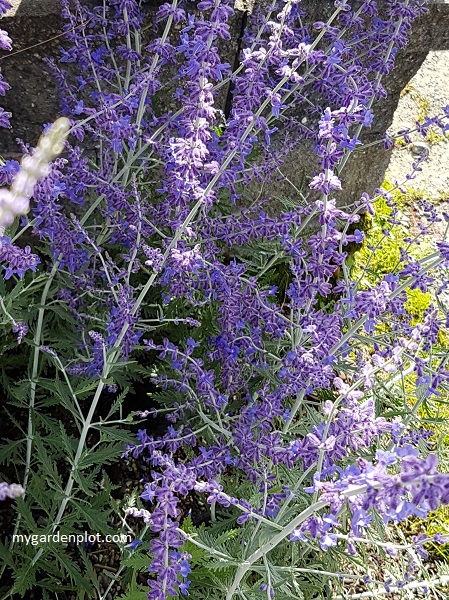
Russian Sage At A Glance
Type: Perennial
Location: Full Sun
Blooming Season: Summer / Autumn (Fall)
When To Prune: Cut Back Late Winter / Early Spring
Size Height / Spread: 1.2 x 1 metres (4 x 3 ft)
Plant Hardiness Zones: 5, 6, 7, 8, 9
RECOMMENDED COMPANION PLANT: Echinacea (coneflower) plant
Where To Plant And How To Grow Russian Sage
The Russian sage is hardy and requires little care. It tolerates poor soil conditions and is drought tolerant once established. The Russian sage should be planted in spring in well-drained soil and in a location that receives full sun to thrive. Avoid soggy and wet sites. Allow the soil to dry between watering. Additional fertilizer is not needed.
Pruning Russian Sage
BUYER’S GUIDE: How To Choose Garden Hand Pruners (Secateurs)
Pests And Diseases That Affect Russian Sage
The Russian sage is generally trouble-free, as well as being rabbit and deer resistant.
OTHER DROUGHT-RESISTANT PERENNIALS: Sun-loving red hot poker (Kniphofia) plant

